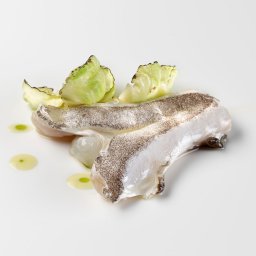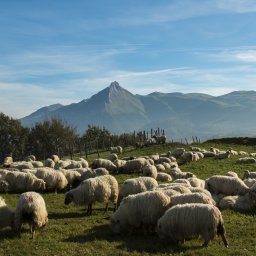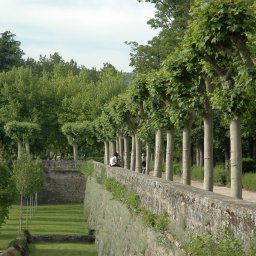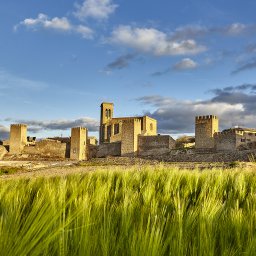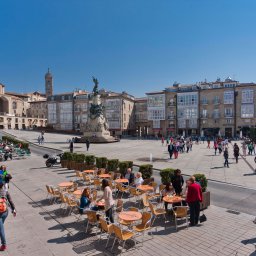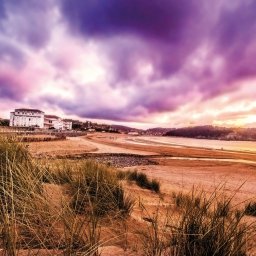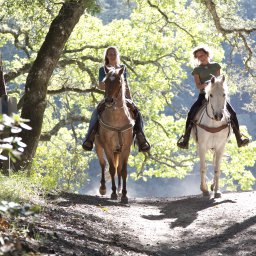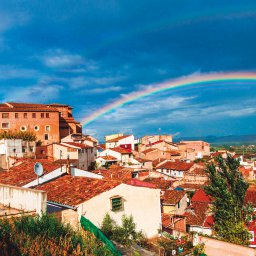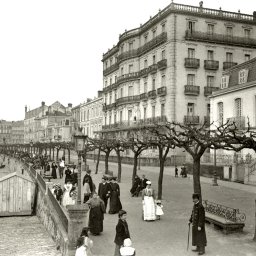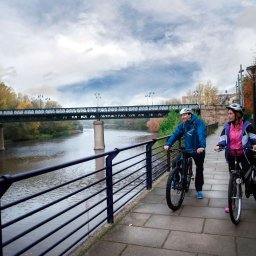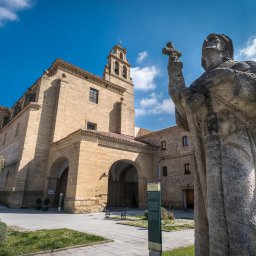‘Ribera Inesperada’ is the name of a new tourism campaign to promote the Ribera region of south Navarre. Dominated by the River Ebro, La Ribera has historically been a cultural melting pot. Romans, Moors, Jews, Christians, Basques and Celts have all left their mark on the gastronomy, architecture, culture and customs of the region. Although normally associated with the production of vegetables, La Ribera is also home to a wealth of culture, history and natural attractions.
A cycle through the desert, a paddle on the Ebro, a stroll around Tudela’s Jewish Quarter or a visit to a cathedral or monastery, followed by a salad or some red cardoons, a hearty stew and some good wine. Now, there’s a plan. Or throw in some bird-watching, a pintxo tour, a séjour in a hotel overlooking the magnificent Bardenas Reales, a run or stroll along the greenway or the banks of the Ebro through the splendid market gardens of La Mejana, or even a visit to a Game of Thrones filming location.
La Ribera is more than ‘unexpected’, it’s amazing. There is so much to do, it’s ideal for exploring and having fun, not to mention the exceptional food in the local restaurants, markets and festivals.
If you are visiting for the first time, there are a number of things not to be missed, starting with Tudela, the capital of southern Navarre and melting pot of cultures. Check out the Puerta del Juicio (Trial Door) at the Cathedral of Santa María, wander around the Jewish Quarter and the Old Town, and take in the contemporary murals painted for the Avant Garde Urban Art Festival. Visit the palaces and churches, buy some vegetables at the Tudela market or try some in the local bars and restaurants.
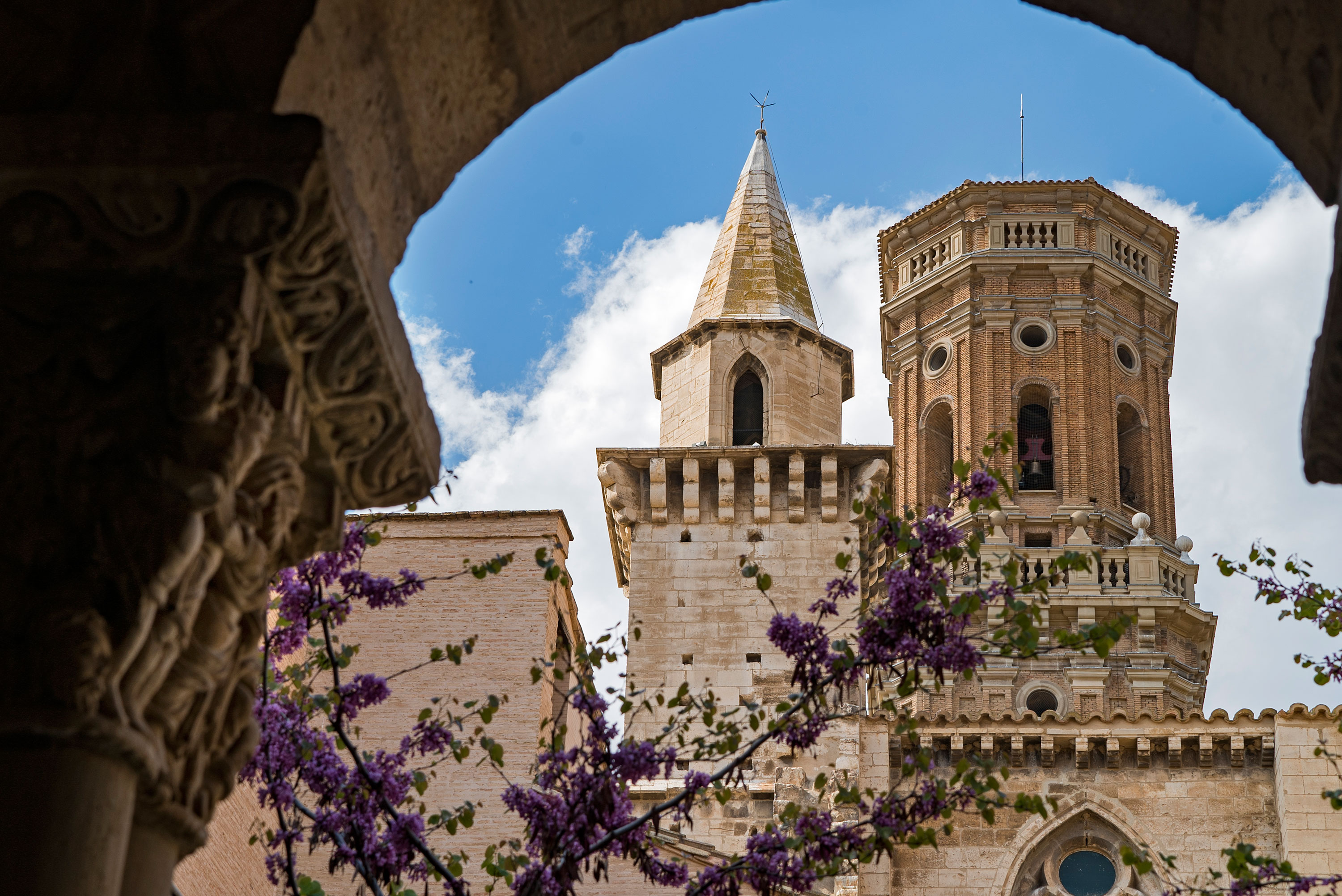
Tudela is largely defined by the River Ebro, whose leafy banks can be explored along the GR 99 trail through La Mejana, a riverside peninsula traditionally used for growing vegetables.
Commissioned by Spain’s King Charles III, the Imperial Canal of Aragon starts in El Bocal, a small village in the municipality of Fontellas just a few kilometres from Tudela and a perfect place for strolling and getting to know the Ebro.
If you like walking, there are two other routes you shouldn’t miss: the Tarazonica Greenway from Tudela to Tarazona, and the Agrohalama Route, a path that runs through the market gardens and fields of La Ribera. Both can be walked or cycled. Another wonderful hiking spot is Las Bardenas, the northernmost desert in Europe and a breath-taking natural environment. Several adventure tourism companies organized guided walks that take in all the major landmarks.
Another outstanding natural attraction is Territorio Visón (Mink Territory) which has an information centre in Falces. The area is home to one of the largest European mink colonies on the continent. The aim of Territorio Visón is to enhance the region’s biodiversity by fostering the proliferation of the small mammals that inhabit the lower reaches of the Arga and Aragón rivers, tributaries of the Ebro.
Birdwatchers are also spoilt for choice with over eleven points of interest, viewpoints and birding sites, including riverside groves, grasslands, arable fields and wetlands.
If you are interested in art and architecture, La Ribera boasts everything from ancient monuments to contemporary art. The monastery at Fitero was founded in 1140 and is the first Cistercian monastery in Spain, while the monastery at Tulebras is the site of the country’s first Cistercian convent. Other places of interest include the Castles of Marcilla and Cortes, Baroque palaces, historical churches and the impressive 20th-century architecture of Tudela-born architect Rafael Moneo, whose mark can be seen on several urban landmarks. Located in the heart of the countryside, close to Tudela, is another architectural highlight: the Aire Bardenas Hotel. The building has won numerous awards for its original, state-of-the-art design and offers breath-taking views from the guest rooms.
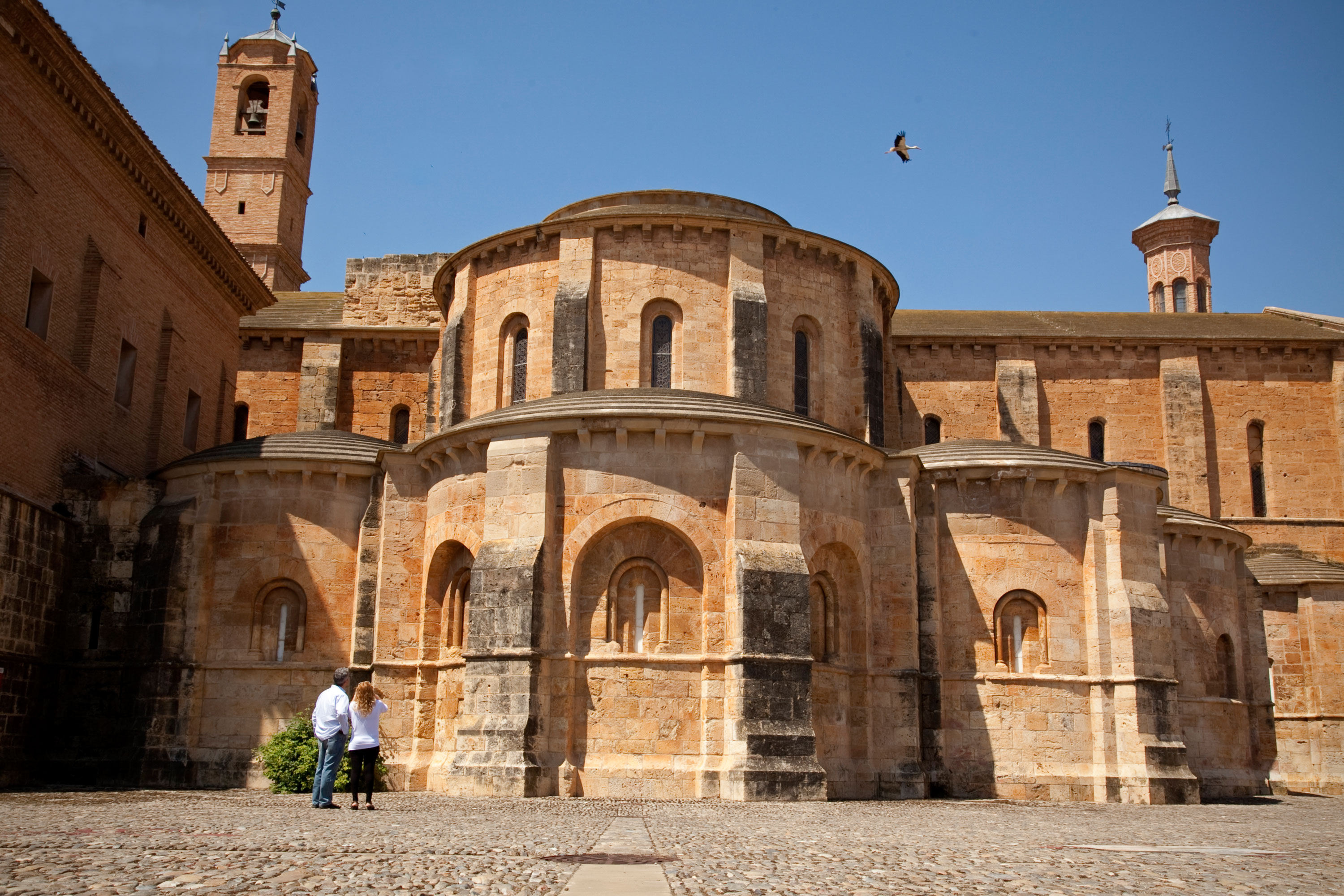
We cannot end the article without coming back to the subject of vegetables, the symbol of La Ribera, all year round. In season right now are red cardoons, gem lettuces, chicory, crucifers, artichokes, borage, and onions. You will find them in bars and restaurants, cooked in a wide variety of traditional and contemporary ways. Boiled, raw, sautéed, roasted or fried, always delicious and always well worth travelling for.
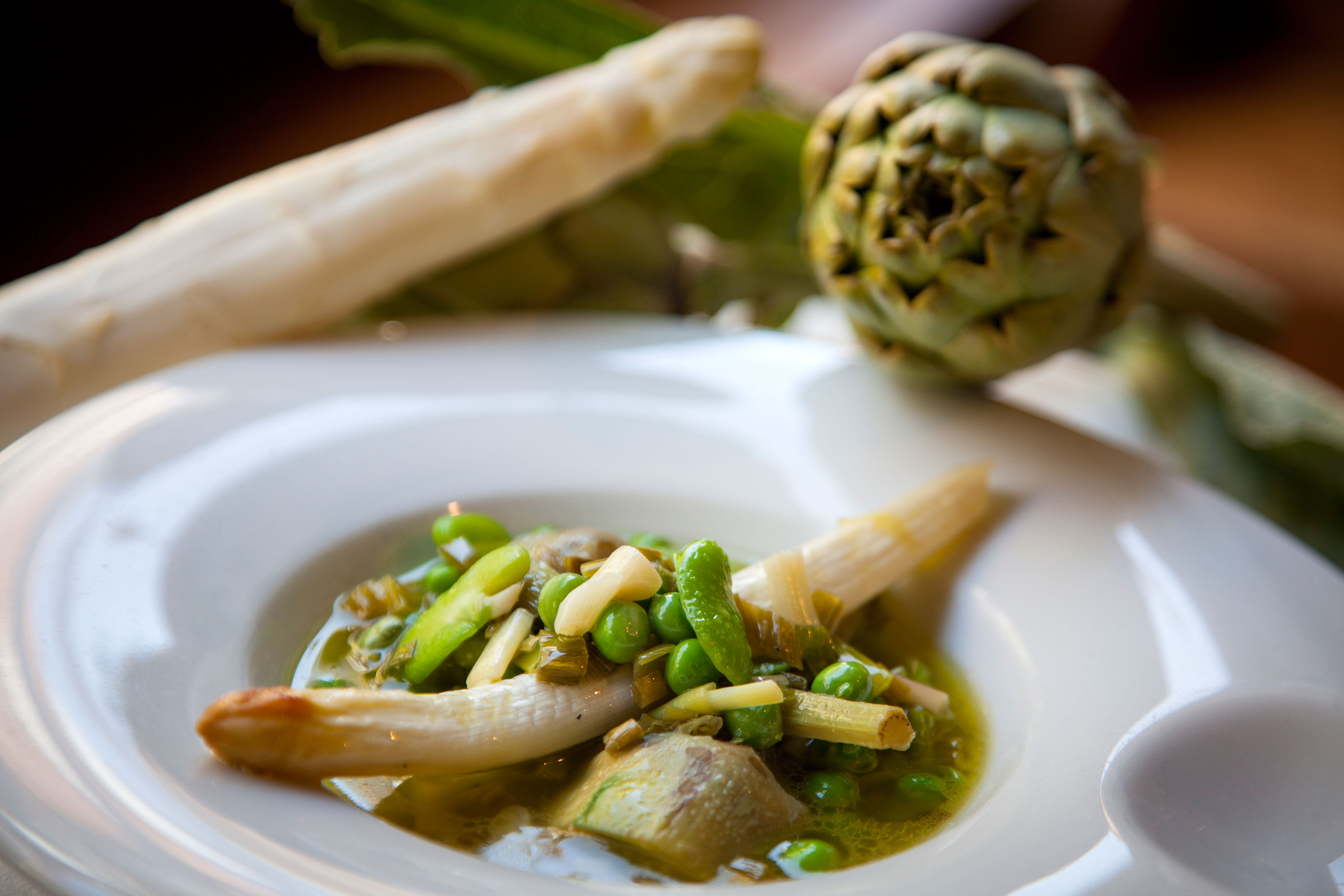
MORE INFORMATION AT:
www.redexploranavarra.es
www.turismoriberanavarra.es


